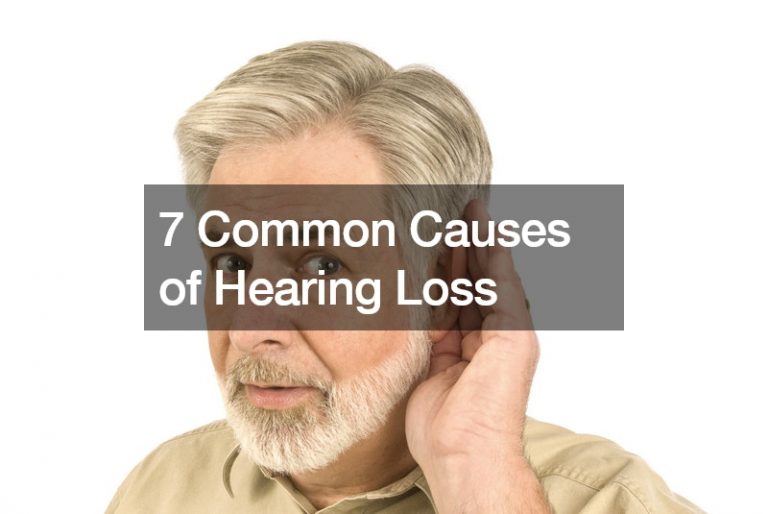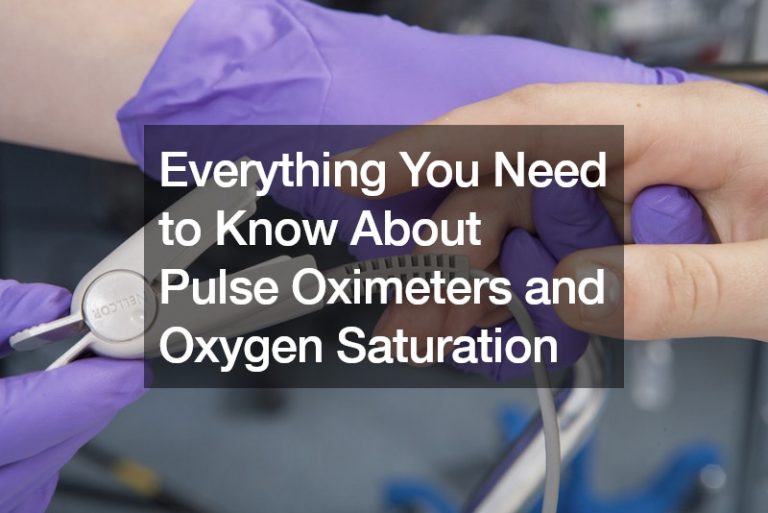Many severely nearsighted people have difficulty seeing things clearly at a distance. This can make everyday activities like driving or playing sports very difficult. The shape of your eyeball causes this condition. If your eyeball is too long or the curve of your cornea is too steep, light rays will not focus correctly on your retina, resulting in blurry vision.
Nearsighted people have several options for correcting their vision, including glasses, contacts, and surgery. While glasses and contacts are the most common methods of correction, surgery is often seen as the best option for severe cases of nearsightedness.
This article will explore the different corrective surgeries available to nearsighted patients.
1. LASIK surgery
LASIK is the most common type of corrective surgery for nearsightedness. It involves using a laser to change the shape of your cornea. This will allow light to focus on your retina, resulting in clearer vision. Many people who have LASIK surgery experience immediate results and do not need to wear glasses or contacts anymore.
But LASIK is not suitable for everyone. You may not be a good candidate for the surgery if you have certain medical conditions, such as diabetes or glaucoma. You will also need a thorough evaluation to ensure you are healthy enough for the surgery.
The procedure costs about $4,000 per eye, but many insurance plans will cover some or all of the cost. You may also be able to finance the surgery through a payment plan. Depending on your job, you may be able to take advantage of paid time off to recover from the surgery.
Recovery from LASIK surgery is usually quick and easy. Some people can return to work and resume normal activities the day after surgery. But you will need to avoid rubbing your eyes for at least a week to prevent infection and give your eyes time to heal.
2. ICL surgery
The Visian ICL procedure (Implantable Collamer Lens) is another option for correcting severe nearsightedness. It involves implanting a small lens inside your eye. This lens will help focus light on your retina and improve your vision. You will not need to wear glasses or contacts after the surgery.
ICL surgery is less invasive than LASIK and can be performed on patients who are not good candidates for LASIK surgery. It is also a good option for people with very high nearsightedness levels.
The procedure is usually done in both eyes at the same time. It takes about 30 minutes per eye and can be done as an outpatient procedure. The surgery costs about $3,000 per eye, but many insurance plans will cover some or all of the cost.
After the surgery, you must take eye drops to prevent infection and help your eyes heal. You must also avoid rubbing your eyes for at least a week. You may experience blurred vision and light sensitivity immediately after the surgery, but these side effects should go away within a few days.

3. PRK surgery
PRK (photorefractive keratectomy) is another laser surgery used to correct nearsightedness. It is similar to LASIK surgery but does not involve making a flap in the cornea. This makes PRK a good option for people who are not good candidates for LASIK surgery.
PRK surgery costs about $2,500 per eye, cheaper than LASIK and ICL surgery. But PRK recovery can take longer than other types of corrective surgery. It may take several weeks for your vision to improve and up to six months for you to achieve your best possible vision.
During the PRK surgery, the doctor will remove the outer layer of your cornea (the epithelium). This can make your eye more susceptible to infection. You must take eye drops to prevent infection and help your eyes heal. You must also avoid rubbing your eyes for at least a week.
After the surgery, you may experience some pain and light sensitivity. Manage the pain with over-the-counter medication and give your eyes time to heal. Your vision will gradually improve over several weeks.
4. Refractive lens exchange
Finally, refractive lens exchange (RLE) is a type of surgery used to correct severe nearsightedness. It involves removing your eye’s natural lens and replacing it with an artificial lens. RLE has a longer recovery time than other types of corrective surgery.
RLE surgery costs about $3,000 per eye. It is a more invasive surgery than LASIK, ICL, or PRK and is usually only done on people over 40. This is because your eye’s natural lens starts to harden with age, making it more difficult to remove.
During the surgery, the doctor will make a small incision in your eye and remove the natural lens. An artificial lens will be inserted in its place. This artificial lens will help focus light on your retina and improve your vision. Many people will not need to wear glasses or contacts after the surgery.
Like other types of corrective surgery, you will need to take eye drops to prevent infection and help your eyes heal. You must also avoid rubbing your eyes for at least a week.
There are several options for correcting severe nearsightedness. These include LASIK, ICL, PRK, and refractive lens exchange (RLE). All of these surgeries have different risks and benefits. Talk to your doctor to see which type of surgery is right for you.





